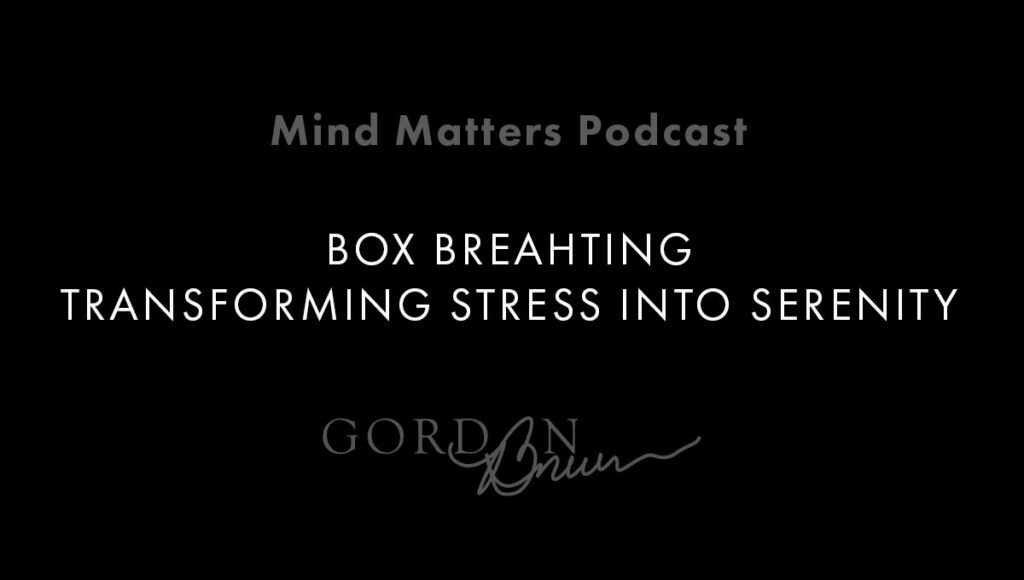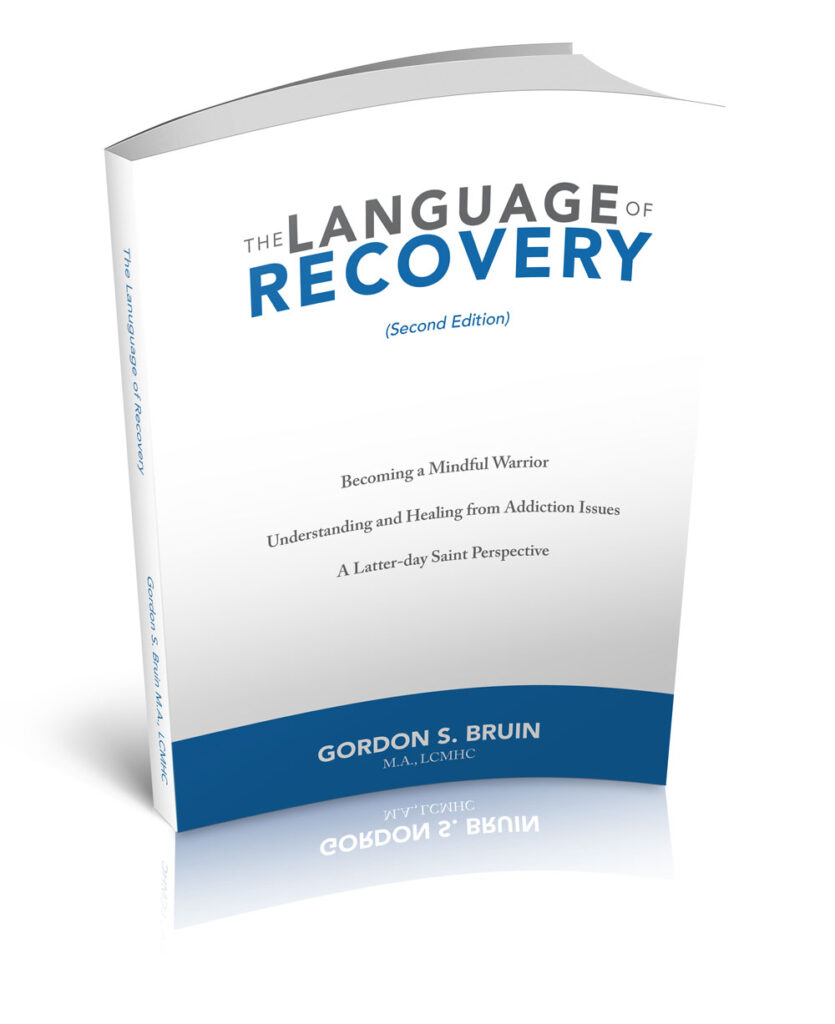Box Breathing
How Box Breathing Can Transform Your Stress into Serenity
In today’s fast-paced world, stress has become an ever-present companion, casting a shadow over our daily lives.
Whether it stems from personal challenges or the demands of our professions, chronic stress can take a toll on our well-being.
However, amidst this chaos, there exists a simple yet potent technique that can transform stress into serenity – box breathing.
Let’s explore the profound benefits of this practice.
Let’s delve into the transformative power of box breathing and how integrating this practice into your daily routine can provide a sanctuary of calm amidst life’s turbulent waters.
Table of Contents - Quick Links
The Challenge of Stress
Imagine a successful individual navigating the challenges of a highly stressful public case, their mind engulfed in anxiety.
This scenario is common; many individuals grapple with constant worries and an overactive mind, making relaxation seem elusive.
Unveiling Box Breathing: Art and Science
Box breathing is elegantly simple: inhale for four counts, hold for four counts, exhale for four counts, and then hold again.
This rhythmic cycle, practiced for five minutes, can profoundly affect your mental well-being.
It’s a straightforward technique that anyone can learn and integrate into their daily routine.
Harmonizing Body Signals
Our bodies respond to cues from the sympathetic nervous system (our internal accelerator) during inhalation and the parasympathetic nervous system (our built-in brake) during exhalation.
Prolonged stress floods our systems with adrenaline and cortisol, leading to burnout.
Box breathing serves as a regulator, restoring equilibrium by activating the parasympathetic nervous system and reducing the effects of the sympathetic nervous system.
Cultivating Mindfulness Amid Chaos
Initial meditation or box breathing attempts may reveal our thoughts’ unruliness, akin to herding cats.
Yet, consistent practice enhances mental focus, effectively managing stress levels.
Focusing on the present moment, known as mindfulness, can help us become more aware of our thoughts and feelings and better manage them, reducing stress and improving mental well-being.

Integrating Box Breathing Into Daily Life
Personally, dedicating five minutes to box breathing each day has been transformative, fostering clarity and tranquility.
I’ve seen it help my colleagues manage their stress levels and improve their focus.
I encourage you to seamlessly incorporate this practice into your routines – perhaps before starting your day or before bedtime – creating moments dedicated to nurturing peace of mind.
Navigating Digital Distractions
The digital age brings connectivity and heightened anxiety from constant notifications and social media scrolling.
Mindful use of technology is crucial to preserving mental well-being.
Fostering Meaningful Connections
Despite digital connections, many feel isolated, needing more real confidants.
Meaningful connections, such as close friendships or supportive family relationships, are crucial for our mental well-being.
Mindfulness practices are vital to today’s intentional engagement with what truly matters.
Embracing Calmness as Strength
In conclusion, cultivating calmness isn’t just essential – it’s critical for overall health and well-being.
Box breathing offers a pathway to a more intentional and serene life, where balance becomes a tangible reality.
Remember, in moments of overwhelm, the most straightforward act – breathing – can usher in serenity and ease.
Take Action
1. Establish a Daily Breathing Routine:
– Set aside two 5-minute sessions for box breathing each day, one in the morning and one before bed.
– Use a timer to ensure you practice for the full five minutes.
2. Create an Optimal Environment:
– Find a quiet space where you won’t be distracted during your breathing exercises.
– Minimize distractions by turning off notifications on your phone or other devices.
3. Practice Mindfulness:
– Begin noticing when your mind wanders during the exercise and gently guide it back to focus on your breath.
– Try to become aware of the chaotic nature of thoughts without judgment or shame, simply observing them as they come and go.
4. Utilize Technology Wisely:
– Schedule specific times to check emails and social media rather than constantly reacting to notifications.
– Consider using apps to promote mindfulness and relaxation if they help you stay committed to your practice.
5. Educate Yourself About Stress Responses:
– Learn more about how stress affects the sympathetic and parasympathetic nervous systems.
– Understand that controlled breathing can help manage these responses effectively.
6. Seek Social Connection Offline:
– Make time for face-to-face interactions with friends or family members who can act as confidants.
– Join community groups or clubs where you can engage in meaningful conversations away from technology.
7. Integrate Box Breathing into Your Response Strategy:
– Whenever feeling overwhelmed or anxious, pause for box breathing momentarily until calmness is restored.
8. Monitor Progress Over Time:
– Keep track of changes in stress levels or mental clarity over weeks of practicing box breathing regularly; adjust duration/frequency accordingly.
9. Reflect Regularly:
– At least once a week, reflect on how well you integrate mindful practices into daily life; consider journaling experiences/insights gained from this process.
10. Share Insights With Others:
– If comfortable, share benefits experienced through regular box breathing with others who may also benefit from such practices; sometimes, teaching reinforces learning.
Remember that consistency is vital.
Make these action steps habitual parts of everyday life rather than occasional efforts.
You can experience significant improvements in managing stress and enhancing mental well-being through box-breathing techniques and mindfulness practices.
Products & Services

Focus – Our Minds Are Being Hijacked!
How to Stay Focused in a World That Won’t Stop Distracting You Welcome to the digital age—where your attention is treated like gold. Each day,

Understanding Learned Helplessness
Understanding Learned Helplessness and Unlocking Your Potential Few concepts in psychology are as intriguing and impactful as learned helplessness. Coined by psychologist Martin Seligman in

Transformative Power of Somatic Experiencing
Inner Strength: Transformative Power of Somatic Experiencing Trauma can leave us feeling trapped and powerless, but there’s hope. A unique therapy called somatic experiencing focuses


